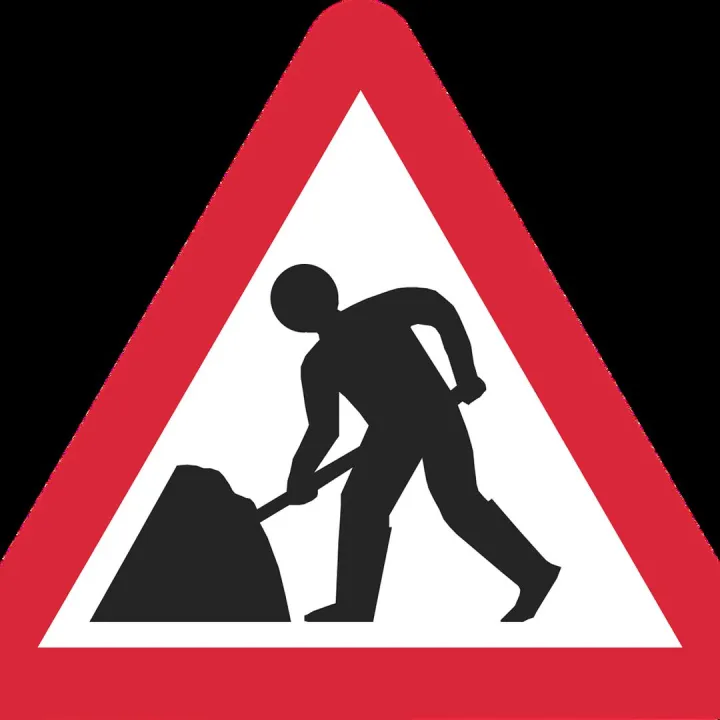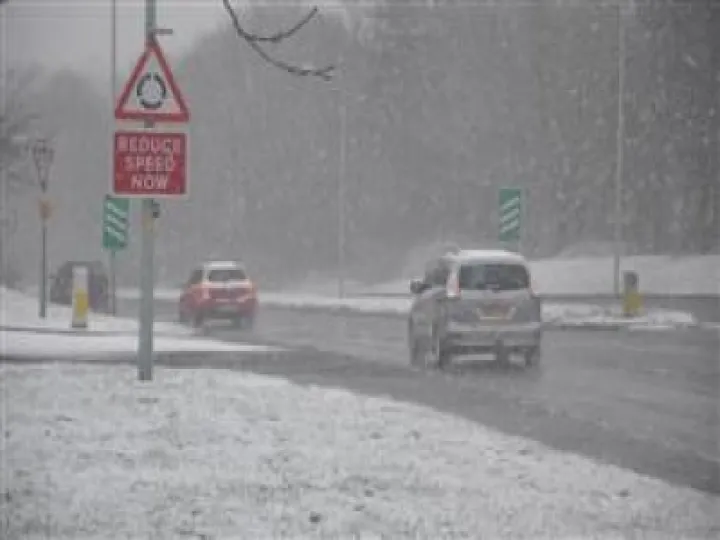Cheshire Fire Service Advice for Winter Driving
With YELLOW warning for snow and ice for much of northern England for the next 12 to 24 hours, its a useful time to review Cheshire Fire and Rescue Service's advice for drivers.
Of all the seasons, winter requires the most care and preparation if you're to stay safe. In winter it is even more important to check your vehicle is well maintained and serviced.
Here are a few checks that you can do, to make sure your car is ready for winter:
Keep the lights, windows and mirrors clean and free from ice and snow
Make sure wipers and lights are in good working order
Add anti-freeze to the radiator and winter additive to the windscreen washer bottles
Check that tyres have plenty of tread depth and are maintained at the correct pressure
Pack a snow/ice scraper, de-icer, snow shovel, hat, gloves, boots, a torch, bottle of water and a first aid kit. For longer journeys, you should take blankets, a snack and a flask of warm drink.
Wash the car frequently to get rid of the salt and dirt that builds up over the winter.
Always keep a full tank of fuel – you never know when you might get delayed.
Don't use water to defrost the windows.
Be prepared for bad weather. During extremely bad weather conditions:
Check the local and national weather forecasts:
Check weather updates from the Met Office or listen to local and national radio for travel information
Tell someone at your destination what time you expect to arrive
Make sure you are equipped with warm clothes, food, boots and a torch – in snowy conditions, take a spade
Clear your windows and mirrors before you set out and carry a screen scraper and de-icer
Please take extra care and refer to the Highways Agency for advice on traffic disruption on the roads in Cheshire.
Driving tips during bad weather. You can keep yourself and others safe, by:
Slowing down
Keeping a greater distance between yourself and the vehicle in front.
Setting aside extra time to complete your journey
Keep your mobile fully charged.
On colder days be particularly careful on tree lined roads – the trees prevent the sun's warmth from reaching the road, which may still be icy when all around has thawed.
When roads are icy or slushy:
It can take ten times longer to stop in icy conditions than on a dry road.
Use the highest gear possible to avoid wheel spin
Drive slowly, allowing extra room to slow down and stop
Manoeuvre gently, avoiding harsh braking and acceleration
To brake on ice or snow without locking your wheels, get into a low gear earlier than normal, allow your speed to fall and use the brake pedal gently
If you start to skid, ease off the accelerator but do not brake suddenly
Salting and snow ploughing:
Salting vehicles travel at speeds of up to 40 mph spreading salt across all lanes of the carriageway. Drivers are advised to maintain a safe distance behind them. Do not attempt to overtake.
Snow ploughing can throw up irregular amounts of snow that may be a hazard to vehicles. Drivers are advised to maintain a safe distance behind vehicles and not to attempt to overtake.
If you get into trouble:
Abandoned vehicles can hold up rescue vehicles and snowploughs. To ensure that the road is cleared as quickly as possible, stay with your vehicle until help arrives.
If you have to leave your vehicle to get help, make sure other drivers can see you.
Quick Links
Get In Touch
TarvinOnline is powered by our active community.
Please send us your news and views.








